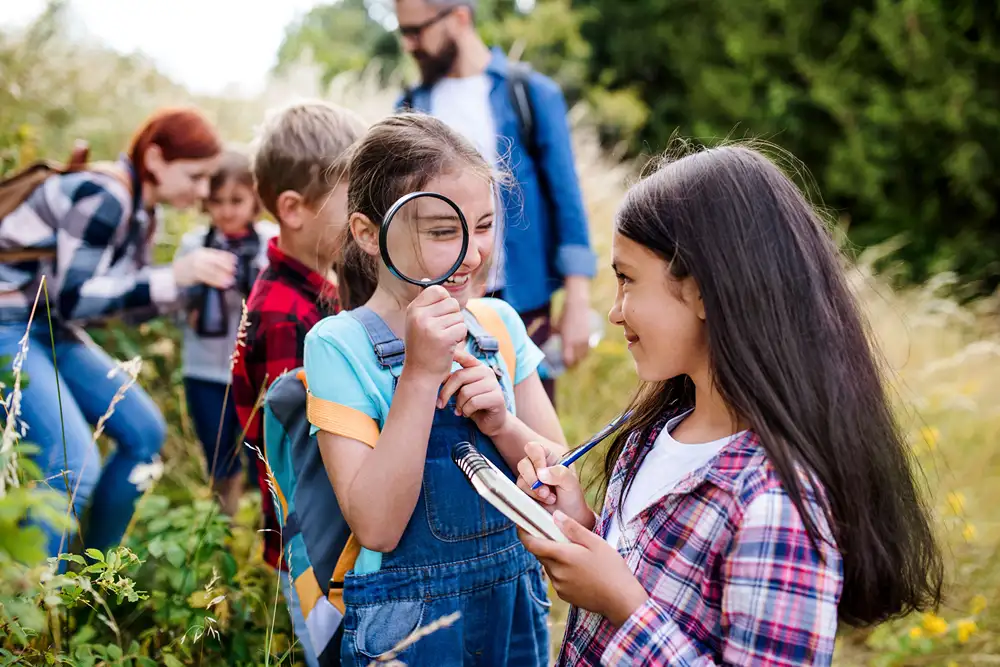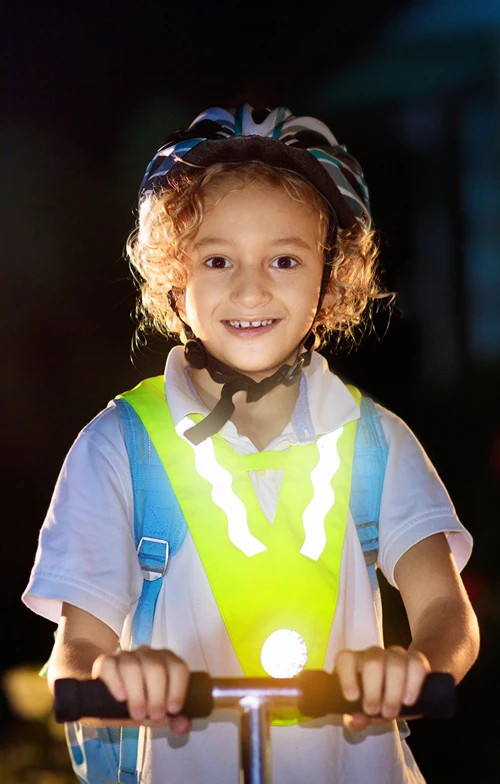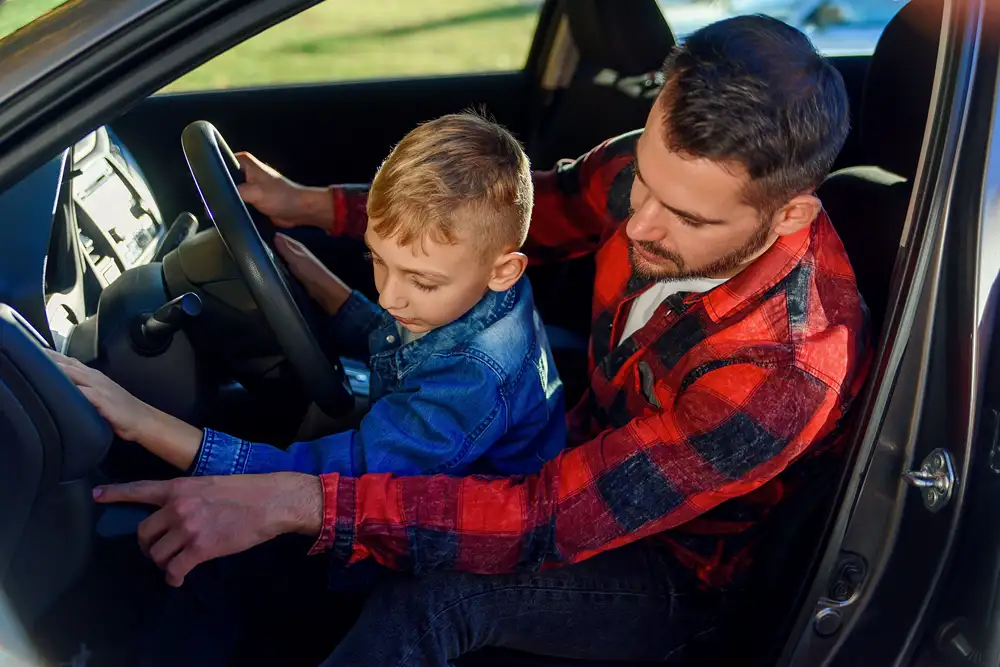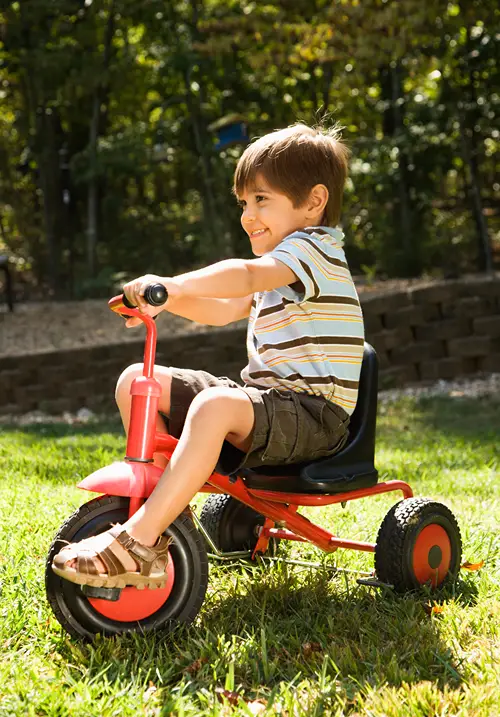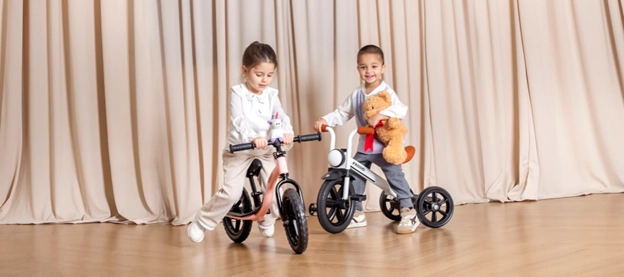How to Raise Independent Children and Why It Matters
Letting go, even a little bit, is one of the hardest and the most meaningful parts of parenting. However, encouraging independence does not mean your child won’t need you anymore. Instead, imparting this skill will give them the guidance they will need to move through life confidently, even when you are not beside them.
Explore the benefits of raising an independent child and strategies for ensuring they grow up with this essential quality.
Why Independence Matters
Raising an independent child isn’t about rushing their growth — it’s about equipping them with age-appropriate tools to think critically, make wise choices and act for themselves. Independence helps kids build self-confidence, strengthen their problem-solving skills and give them a sense of responsibility.
A child who knows how to be self-sufficient, resolve conflicts or complete a task without constant supervision will handle real-life challenges more gracefully. Autonomy-supportive parenting leads to stronger executive functioning and fewer behavioral problems down the line. In other words, giving your child space to grow helps them stay grounded.
1. Start With Simple Tasks
Independence starts at home. Even toddlers can help with small chores like tidying their toys, watering plants or putting dirty clothes in the hamper. As they grow, you can gradually increase responsibilities by having them pack their school lunch, help with dinner or manage a weekly to-do list.
The goal is participation, not perfection. If their bed looks more like a crumpled taco than a crisp hotel corner, that’s OK. Praise the effort, not the result, and avoid redoing tasks the “right” way in front of them — it can unintentionally send the message that they can’t do it without you.
2. Stop Rescuing
As tempting as it is to intervene when your child forgets their homework or spills juice everywhere, those small moments of struggle are gold for growth. When you intervene too quickly, you deny your child the chance to problem-solve, learn from their mistakes and bounce back stronger.
Imagine your child leaves their jacket at school. Instead of rushing to retrieve it, you can help them brainstorm what to do next by asking how they plan to stay warm tomorrow. These moments teach accountability and show them that failure isn’t the end of the world — it’s another step in learning.
3. Foster Intergenerational Relationships
You might be surprised how much independence kids can gain from spending quality time with older adults, especially grandparents. Being around elders helps children develop empathy, patience and the ability to adapt to different communication styles. Plus, older generations are often more laid-back and less likely to micromanage, giving kids more room to figure things out for themselves.
This connection isn’t only beneficial for your child. Engaging with younger family members can boost cognitive function and emotional well-being in older adults, especially those experiencing memory loss. Whether your child helps their grandpa with gardening or plays cards with their grandma, these moments are a win-win for the whole family.
4. Listen More, Direct Less
If you want to raise a child who trusts themselves, start by demonstrating your trust in them. That begins with active listening through encouraging smiles and nods. Instead of jumping in with instructions, try stepping back and asking open-ended questions like, “What do you think would work here?” or “How would you solve that?” These encourage kids to think critically and come up with solutions.
Giving them the space to express their opinions — even when you disagree — helps them build confidence in their voice. When they feel heard, they’re more likely to cooperate, take initiative and communicate openly — all hallmarks of an independent thinker.
5. Model What You Want to See
Kids are expert mimics. If you constantly second-guess yourself or disparage your abilities, they’ll model that behavior. Conversely, when you demonstrate confidence, thoughtful decision-making and vulnerability, your child will learn how to handle life by watching you be a positive role model.
Narrate your thought process out loud when appropriate by saying things like “I’m choosing this route because it avoids traffic,” or “I forgot my keys — let’s come up with a system so that doesn’t happen again.” Let them see you make mistakes, take responsibility and move on. That’s real-life independence in action, and it’s the best kind of lesson they can get.
Little Feet, Big Steps
Raising independent kids means giving them space to try, fail and try again — with you cheering from the sidelines. Let them grow into their greatness, one messy milestone at a time.
 Author bio: Cora Gold is the Editor-in-Chief of women’s lifestyle magazine, Revivalist. She strives to live a happy and healthy life with her family by her side.
Author bio: Cora Gold is the Editor-in-Chief of women’s lifestyle magazine, Revivalist. She strives to live a happy and healthy life with her family by her side.



